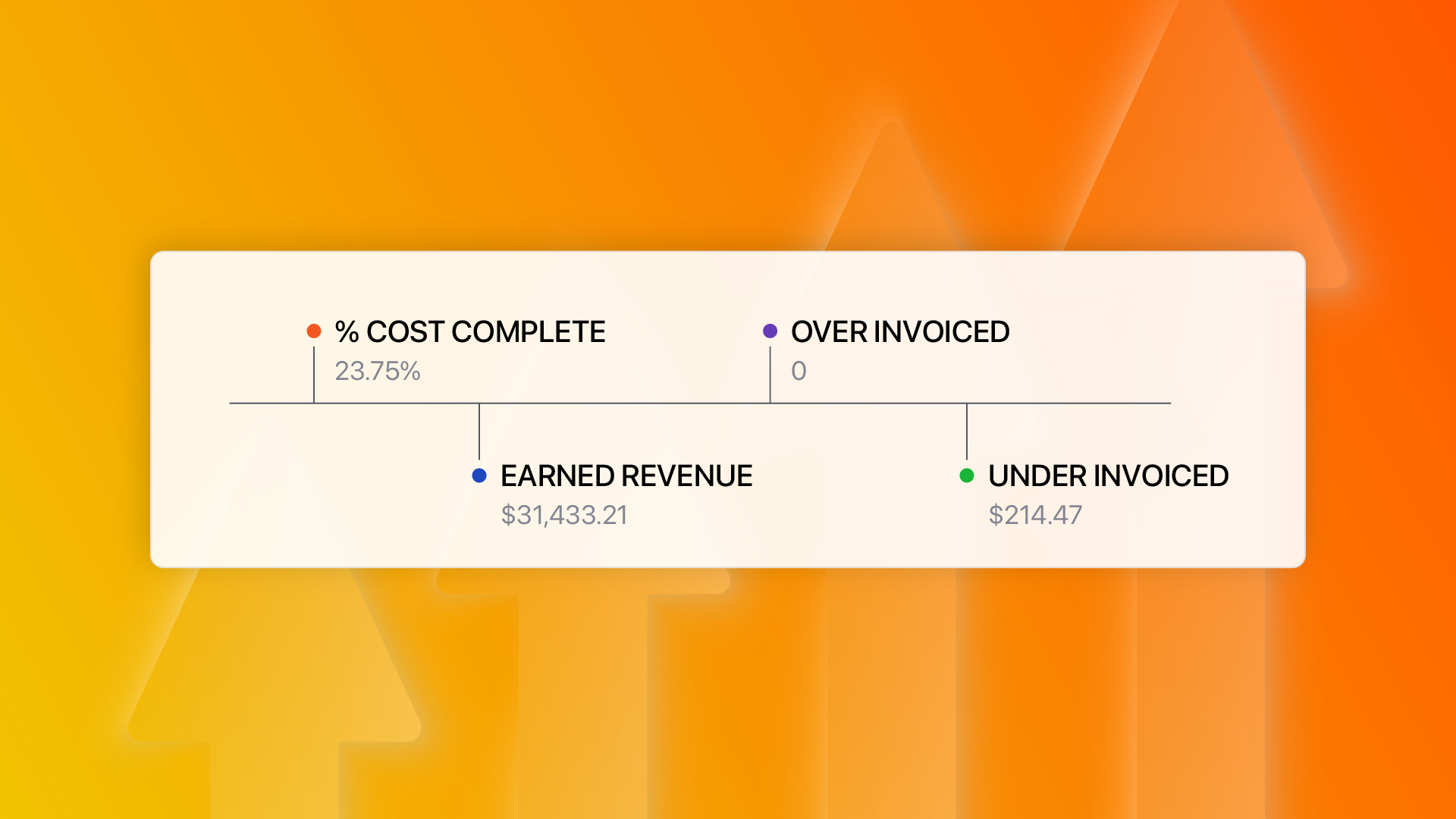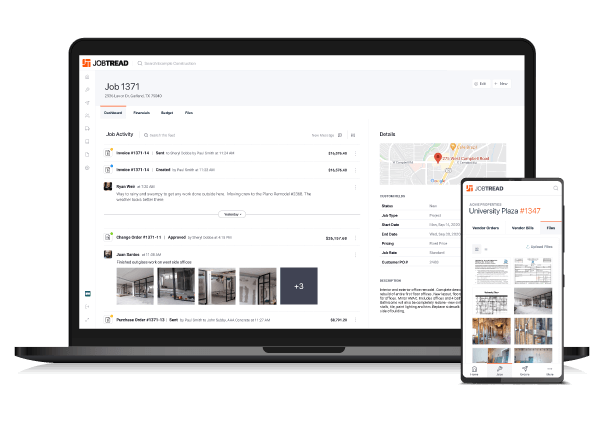Understanding WIP Reports for the Construction Industry and Their Importance

When it comes to managing large-scale construction projects, there's a lot that goes on behind the scenes to ensure that everything is progressing as planned. One crucial tool that many construction companies rely on is the Work In Progress (WIP) report. But what is a WIP report, and why is it so vital for construction companies?
What is a WIP Report?
A Work In Progress (WIP) report is a financial document that tracks the status and progress of ongoing construction projects. It provides an overview of the costs incurred, revenue recognized, and the profitability of each job to give you a clear picture of where a project stands financially at any given point in time.
Key Components of a WIP Report:
Take a look inside the JobTread WIP Report
Why Do Construction Companies Need WIP Reports?
The goal of a WIP report is to provide you with a clear understanding of the status, financial health, and progress of ongoing projects.
- Financial Clarity: WIP reports provide a clear view of the financial health of projects, including costs incurred, revenue recognized, profitability, and any discrepancies between billings and costs.
- Job Costing Accuracy: Identify the actual costs incurred on a project and compare them against the estimated costs for more accurate and timely job costing.
- Progress Monitoring: Track the percentage completion of projects to better understand how much of the project has been finished and what remains.
- Cash Flow Management: Understand which projects might be overbilled or underbilled and better predict potential future cash inflows or outflows.
- Forecasting: WIP reports provide data that can be used to forecast future performance, both in terms of project timelines and financial outcomes.
- Compliance and Reporting: Document the financial status and progress of ongoing projects so your financial statements can be verified and validated.
- Performance Analysis: Identify potential problems early on, such as cost overruns, project delays, or billing discrepancies, so you can address them proactively.
In Conclusion
A WIP report is not just a financial document but a powerful management tool for construction companies. By offering real-time insights into the financial aspects of ongoing projects, it aids in decision-making, ensures compliance, and ultimately plays a significant role in managing the success of a project.
Request a demo to learn more or Sign up today.
Take your business to the next level

We'd love to show you how JobTread can help you uncover these insights, maximize your potential, and take your business to the next level.